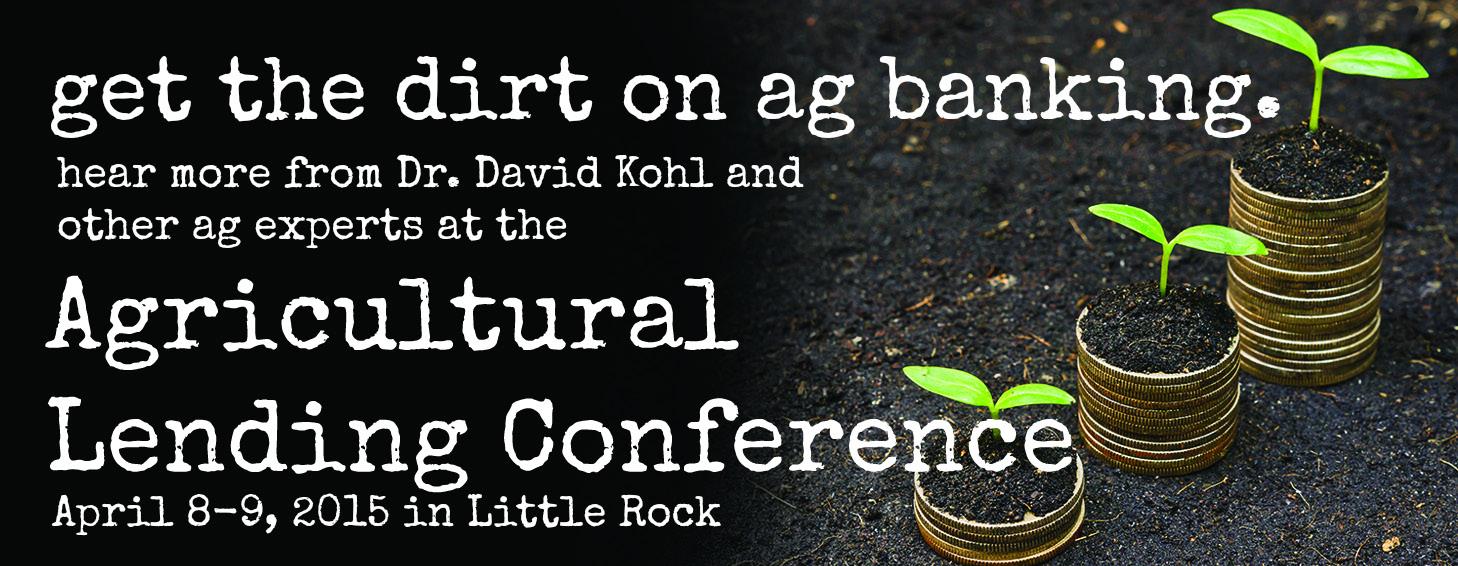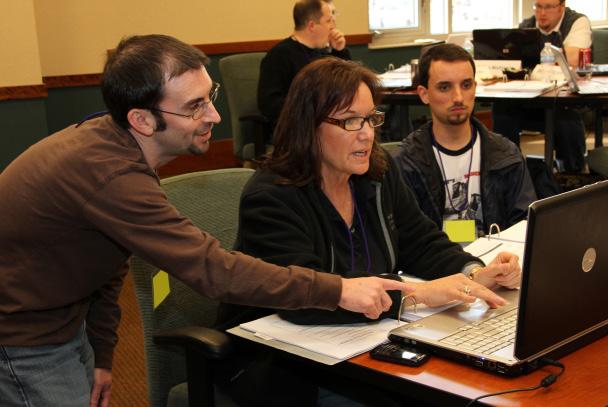
4 minute read
The State of the Agricultural Economy
The State of theAgricultural Economy
Dr. David Kohl is the president of AgriVisions, LLC, a consulting firm providing cutting-edge programs to leading ag organizations worldwide. ABOUT THE AUTHOR
The state of the agricultural economy can be best described as cautiously optimistic. Let’s explore some of the perspectives and trends occurring based upon my travel and interaction with thought leaders in the U.S. and abroad. The slowdown of the emerging nations’ economies is in full force. The emerging nations include the BRICS (Brazil, Russia, India, China, and South Africa) and KIMT nations (South Korea, Indonesia, Mexico, and Turkey). The average GDP growth rate for these nations in recent years averaged above 9 percent, but it is now well under 4 percent. China, a large importer of food, fiber, and fuel, has recently added stimulus to boost its economy. This factor combined with strong growing conditions in many agricultural production regions of the world has suppressed grain prices and prices of many other commodities such as oil, steel and copper. What will be the duration of the suppressed prices? Some are indicating that this could be a two- to five-year reset, particularly as the Federal Reserve unwinds stimulus and possibly raises interest rates, which will strengthen the dollar, inhibiting export demand. Proactive producers in this sector are making adjustments to generate a profit by shedding marginal assets and renegotiating costs of land rent and inputs. The livestock sector is hot. Many experts feel that this trend could last at least two years and possibly up to five years unless there is an unusual negative “black swan” event. Profits are generated by high prices early in the cycle; however, reduced costs will be a driver of profit later in the livestock cycle. A word of caution is that the worst decisions are usually made in the best economic times. The U.S. economy is the strongest in the world. This bodes very well for people in the value-added, organic, local, and natural
foods markets. The key to long-term sustainability of the U.S. economy will be the housing sector, which represents one in seven jobs in the U.S. economy. The reduced oil and energy prices have been a temporary boost to the economy along with factory production being nearly at full capacity. Expect interest rates to rise in mid-2015 particularly if the unemployment rate continues to decline and U.S GDP growth is above 3 percent. The key will be inflation rising above 2 percent, which could result in a faster rise in interest rates. Europe is a cloud on the economic horizon, since it is moving toward recession. Also, emerging nations that are very dependent on commodities are slowing down and possibly going into recession, which could eventually create headwinds to the U.S. economy. Also, some other effects of the economy on the agriculture industry include possible changes in land values, increasing producer retirements, and lower farm expenses related to lower oil prices. If suppressed grain prices continue, expect land values and cash rents to decline by 5 percent to 10 percent. This figure could be higher on marginally productive soils, where infrastructure issues concerning water result in marginal productivity and efficiency. Older producers coming off record high profitable years may decide to discontinue farming or possibly sell their farms if the duration of lower commodity prices continues. With 80 percent of all farm expenses directly or indirectly connected to oil price, 2015 could be the year some farm expenses start to decline. Only time will tell the extent and length of the oil price decline. Finally, volatility of international political, military, economic, and trade risk will be the norm, placing a premium on planning, execution and monitoring. Building your business model for both resiliency and agility will help weather surprise economic events. It is important to be resilient so that one can be not only strong financially and management wise, but also agile to proactively capitalize on opportunities.

Educating Professionals, Creating Leaders
More than $225,000 in Scholarships Available Annually


The Arkansas Bankers Association is pleased to offer scholarship opportunities to its member bankers through the Herbert V. Prochnow Educational Foundation, a supporting organization to the Graduate School of Banking at the University of Wisconsin – Madison. The GSB Prochnow Foundation offers nearly one quarter million dollars in scholarships every year to bankers who want to improve their careers and organizations through education.

Scholarships are distributed through the ABA for the Graduate School of Banking and the GSB Human Resource Management School. Apply today for a scholarship to attend a program at the nation’s leading and most progressive banking school. For details, contact Kami Coleman at the Arkansas Bankers Association at kami.coleman@arkbankers.org.
Sponsored by:
Arkansas Bankers Association








